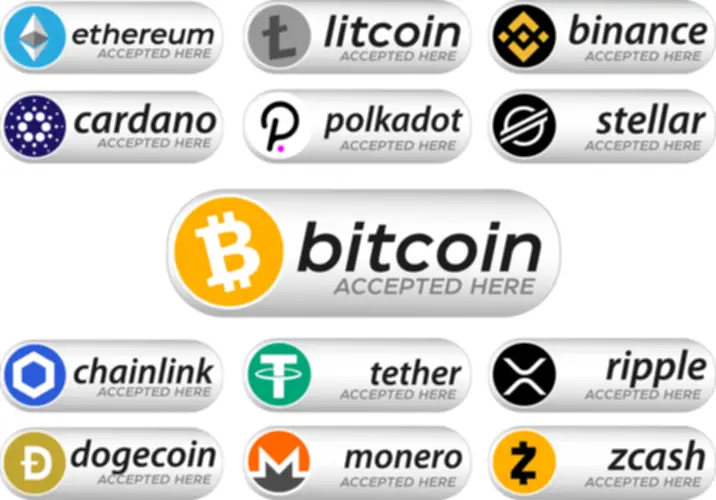A flat Burndown Chart indicates no progress, which can point to points such as an absence of work completion, unanticipated blockers, or an overly ambitious timeline. Generally, stakeholders may misinterpret the chart and assume that any deviation from the perfect line is a problem. It’s necessary to coach the group and stakeholders on how to read and interpret the chart correctly. Small fluctuations are regular and don’t necessarily indicate an issue. The Agile project administration methodology breaks tasks into phases for flexibility and velocity.
These lines will likely LSTM Models look barely different unless your precise work ends up being the exact effort estimated at the beginning. From estimating effort to monitoring every day progress, let’s take a look at the 5 steps to creating a burndown chart to estimate the quantity of work wanted. Now that you realize what a burndown chart is, how do you, the project manager, go about creating one?
Empower Your Team With Higher Project Administration
If the scope modifications mid-sprint, it could be represented on the chart with a vertical line, exhibiting that the whole scope has shifted. It provides a centered view, showing solely the finished story factors, which may not seize changes within the scope of labor or variations in story points due to shifts in backlog gadgets. The visible illustration supplied by Burndown Charts considerably contributes to fostering effective collaboration inside project teams. Maintaining open communication and maintaining everybody aligned with project targets is essential for managers. The Burndown Chart comprises numerous essential elements for a complete project overview. Its axes, representing time or iterations (horizontal) and user story factors (vertical), create a visual roadmap.
Monitor your project’s progress regularly and plot it towards the remaining work, comparing the estimated and precise work carried out. But if it’s active, you’ll be succesful of see which durations of elapsed time went higher or worse than expected. You’ll additionally discover large gaps in progress which may require a project overhaul to finish it on time. It represents the entire number of general duties or effort wanted for the whole project on the vertical axis. In this instance, they’ve chosen to measure effort in hours quite than tasks.
- Nevertheless, while these charts began as an Agile idea, they’ve gained recognition across all types of groups and tasks.
- Moreover, burnup charts excel at managing scope changes, as their scope line may be simply up to date to mirror the revised workload.
- However imagine that three of those items of content material involve much more technical writing and collaboration — help notes, phrases and circumstances, and so forth.
- With your “ideal” line in place, you now have a simple illustration of what your project progress should seem like.
- You’re susceptible to lacking your deadline, and you want to devote extra effort and more hours to clearing the backlog and getting back on observe.
Transferring ahead, you now recognize that you should host a stronger project kickoff meeting and use a templated project brief so as to better assist your group. This means, they will be outfitted with every thing they want to hit the bottom running from day one. Before you realize it, the project deadline is looming and you haven’t done burndown chart définition half of the tasks you have been imagined to do.
Fundamentals Of The Scrum Methodology
Recognizing these patterns can help you optimize your software program development process https://www.globalcloudteam.com/ and improve your team’s general performance. The best effort line represents the estimated work remaining in a super situation the place the team completes work at a gentle pace without any points or delays. This line usually follows a straight trajectory from the total work to zero. The best effort line serves as a benchmark to compare in opposition to the actual progress. Understanding every factor is essential for successfully reading and creating your individual burndown chart, which is a priceless tool in agile project administration.
Whereas Gantt charts provide deep planning and mapping, burndown charts present real-time updates and transparency. The choice between them usually is determined by a staff’s quick needs and project scope. It tracks the quantity of labor you need to complete as a straight line throughout the top of the graph (you can regulate this line if there’s a scope change in the course of the project). Like burndown charts, they embody a super line and an precise effort line, but these rise from left to proper as you full your duties. In essence, a burndown chart helps groups monitor their progress by displaying how a lot work is remaining over time. Ideally, the line on the chart will present a gradual decline as duties are accomplished and method zero as the dash or project deadline approaches.

Whereas Targetprocess doesn’t publicly record its pricing, it provides a free trial interval for groups to discover its options. The platform is thought for its scalability, making it appropriate for both small groups and huge enterprises in search of advanced burndown chart configuration options. Burndown charts do not all the time transfer in a straight line as a result of work doesn’t at all times go as deliberate. Duties may take longer than expected, new work might be added, or progress updates might be missing.

Burndown Chart: What Is It, Examples & Tips On How To Use One For Agile
When the team tracks adjustments regularly, they’ll catch slowdowns early, diagnose what’s inflicting them, and adjust their method earlier than small issues turn out to be big problems. If the chart isn’t up to date persistently, it would present an inaccurate image of how much work is left and make it more durable for the group to plan successfully. Burndown charts originated within the agile framework to assist teams monitor progress.
It will start on the high of the y-axis and end on the far proper side of the x-axis since it represents the perfect distribution of workload and time elapsed with none interruptions. You will generally see plateaus, which characterize steps that take longer than others to complete. Both method, this line will consistently slope downwards till it touches the underside of the chart. In order to manage your initiatives effectively, you have to maintain a watchful eye on your progress.
We’ll delve into options like ONES Project, Jira, Trello, Asana, ClickUp, and extra, addressing the challenges you would possibly face when choosing the right software in your team’s needs. Past its project management utility, a Burndown Chart is a superb motivational software for staff members. The constant visual comparison of actual performance against the ideal on the graph encourages constant effort. Replace the chart day by day by subtracting accomplished tasks from the whole effort. Estimate the trouble for each task using a metric like story factors or hours.
Commentaires récents